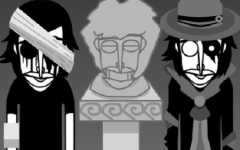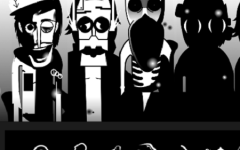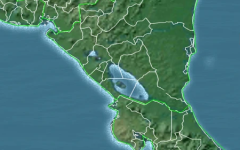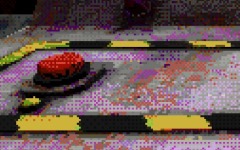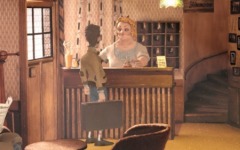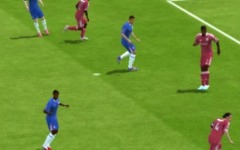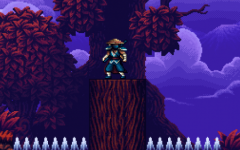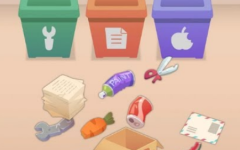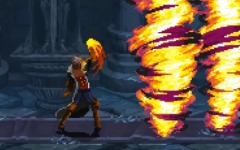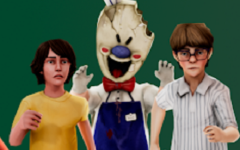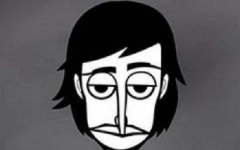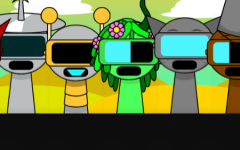Advertisement
Sprunki Wenda Treatment
Advertisement
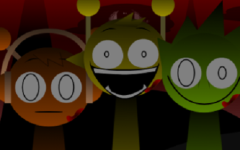
Sprunki Wenda Treatment places the player in a single abstract interface that offers no direct guidance. Upon entering, you’re presented with a set of floating symbols and character cutouts, most of which react when clicked or moved. There are no menus, no explanations, and no explicit prompts to follow. The experience unfolds entirely through experimentation. Players are left to determine how each icon functions, how it contributes to the overall soundscape, and what impact it has on the shifting background environment. This sense of ambiguity is central to the structure, and the lack of instruction becomes part of the rhythm.
Building Sequences Without Rules
Gameplay is driven by interaction with animated figures, each tied to a loop or sound. Dropping them into the active field initiates a rhythmic or melodic element, and layering them gradually builds a chaotic composition. There is no right or wrong combination—some figures overlap peacefully, while others generate noise or visual disruption. Over time, the screen may react with warping patterns, brief flickers, or reversed animations. These changes don’t signal success or failure, but they suggest something is shifting. As the mix becomes more dense, the visual layer begins to lose its initial stability.
- Select and move icons freely
- Drop characters into the mix area
- Combine multiple sound loops
- Trigger background responses
- Discover patterns through trial and error
Repetition As Structure
Unlike traditional rhythm games or music builders, this title lacks a timeline or goal state. There are no rounds, timers, or scores. Instead, the process resets naturally when the player clears the field or refreshes the browser. The repetition is intentional—it invites exploration through variation. Each session feels familiar at first but can yield new results through subtle tweaks. Background figures may change posture, Wenda may flicker in or out of sync, and the audio may distort in unexpected ways. This makes each loop feel like a slightly different experiment, encouraging observation over mastery.
Wenda As A Passive Center
Wenda appears as a non-playable figure within the visual layout, and her appearance slowly transforms depending on the mix in progress. At the start, she may remain static or repeat a basic animation. As more sound elements are introduced, her form begins to reflect the system’s state—eyes shifting, limbs duplicating, frame bending unnaturally. These responses are not explicitly tied to any one input, which adds to the sense that the system is reacting as a whole. Wenda becomes less a character and more a signal, revealing the effects of player interaction through silent changes.





















































































































